Sea forts have long been the stalwarts of coastal defense, combining stunning architecture with strategic military use. Built across the world, from the shallow waters near shores to deeper oceanic territories, they were designed to protect cities and waterways from potential invaders. Constructed atop both naturally occurring and artificially created islands, these forts played a critical role in deterring enemy forces. Today, many still stand, and you can even visit some of them. Some are preserved and others have been repurposed. But their formiddable majesty still shines.
Fort Jefferson, USA
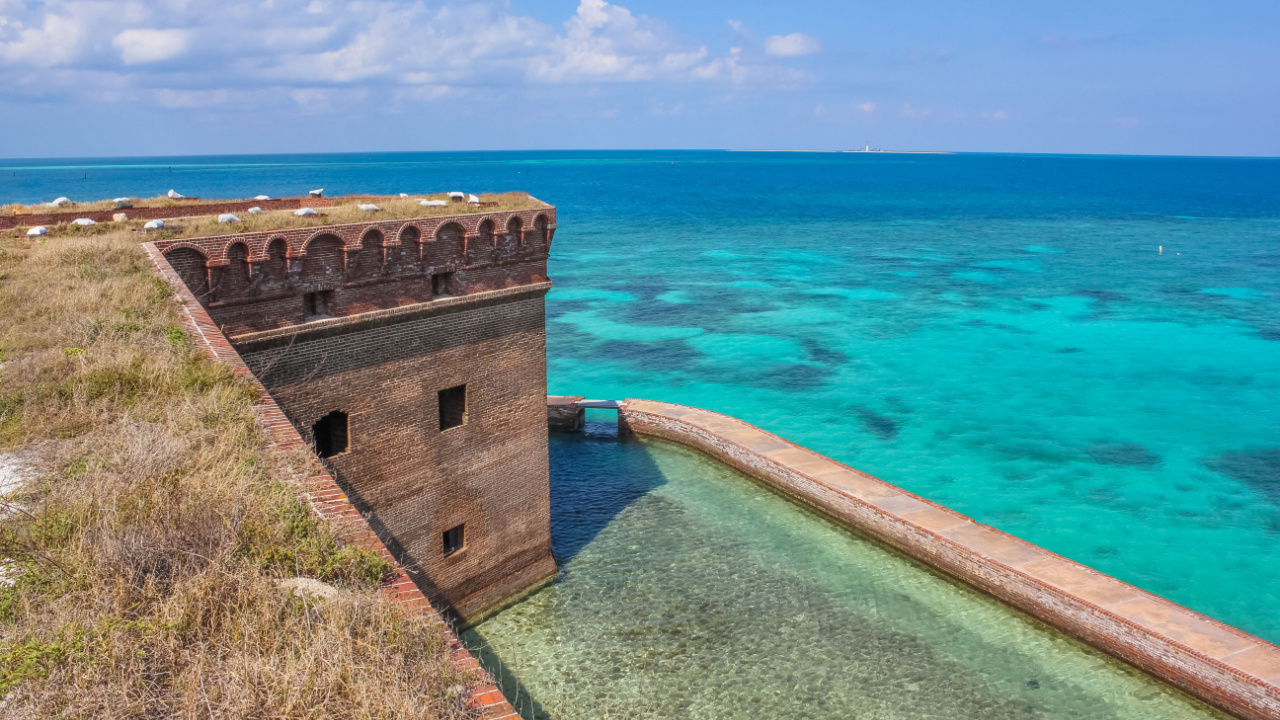
Nestled in Florida’s picturesque Dry Tortugas National Park, Fort Jefferson stands out as the biggest brick structure in the Americas. Built in 1847, this massive fort played a key role in the American Civil War by protecting a vital deep-water anchorage for the United States.
Red Sands Towers, England
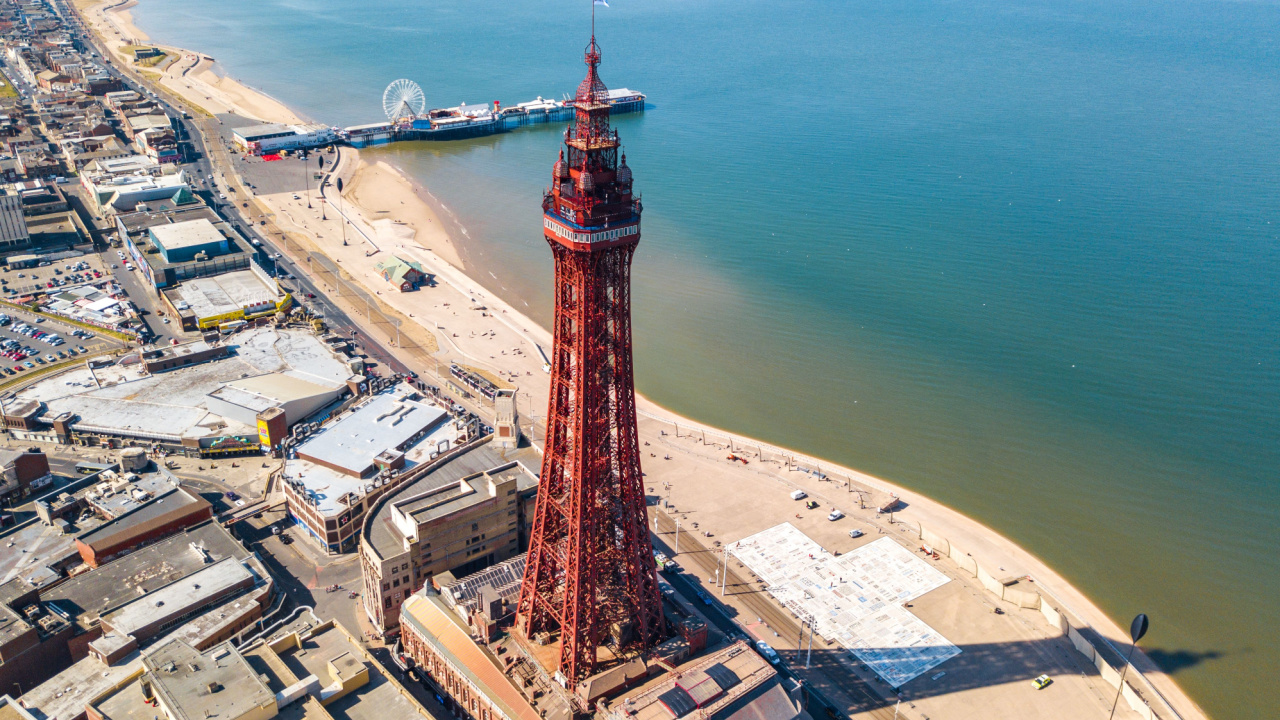
The Red Sands Towers, a group of wartime iron fortifications in the Thames Estuary, stand as silent sentinels of England’s resilience. Erected during the Second World War, these towers were instrumental in protecting London from aerial assaults and missile attacks by the German Luftwaffe.
Fort Boyard, France

The iconic Fort Boyard, with its unique stadium shape, was completed in 1857 amidst the Pertuis d’Antioche straits along France’s west coast. Designed to shield the Rochefort arsenal from British naval forces, it now captures imaginations worldwide as the setting for the French game show ‘Fort Boyard.’
Fort Pampus, Netherlands

Part of the Defense Line of Amsterdam, Fort Pampus lies on an artificial island in the IJmeer, near Amsterdam. Constructed in the late 19th century, it forms part of a UNESCO World Heritage Site, representing a key component in the city’s historical defense strategy.
Fort Sumter, USA
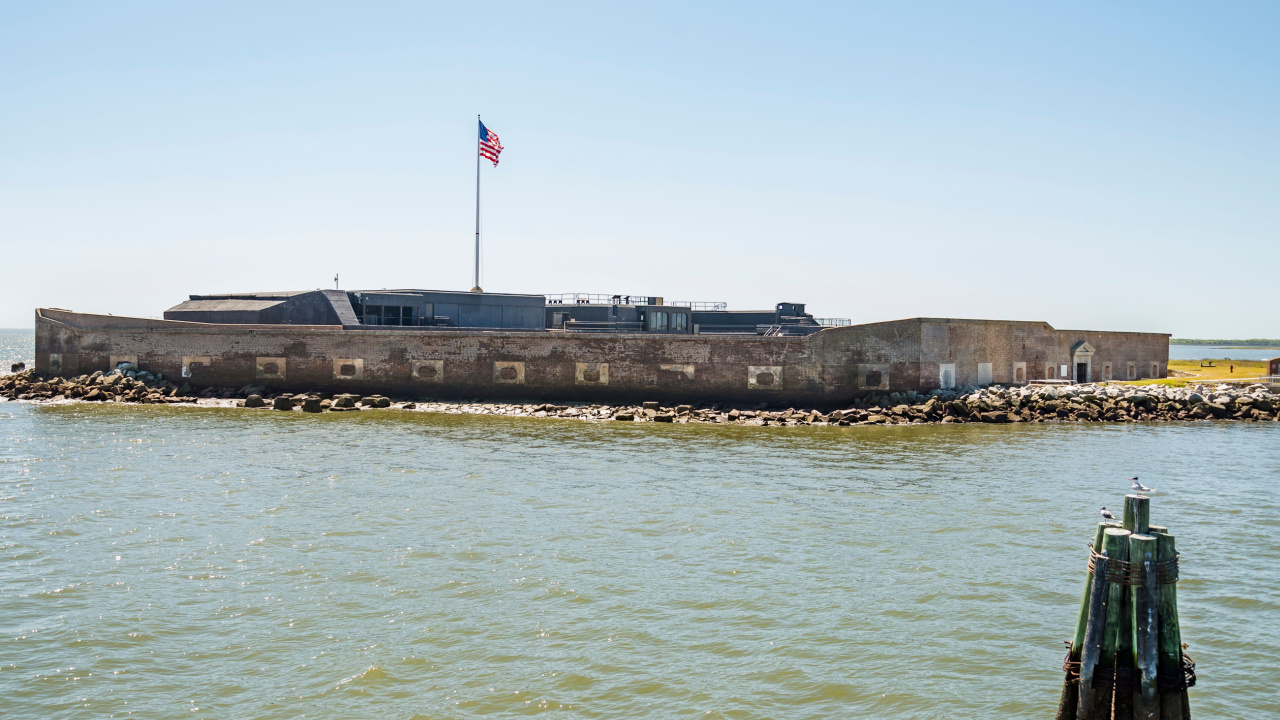
Fort Sumter, located on an artificial island near Charleston, South Carolina, holds a pivotal place in American history. Despite being unfinished in 1861, it became the flashpoint for the American Civil War following the Battle of Fort Sumter. Today, it serves as a testament to the nation’s history and resilience, attracting visitors from all over.
Horse Sand Fort, England

Horse Sand Fort stands majestically in the Solent, off the south coast of England, as the largest among the Palmerston Forts. Constructed in the 19th century to deter a French invasion, it symbolizes the era’s military foresight and the enduring strength of coastal defenses.
Fort Alexander, Russia
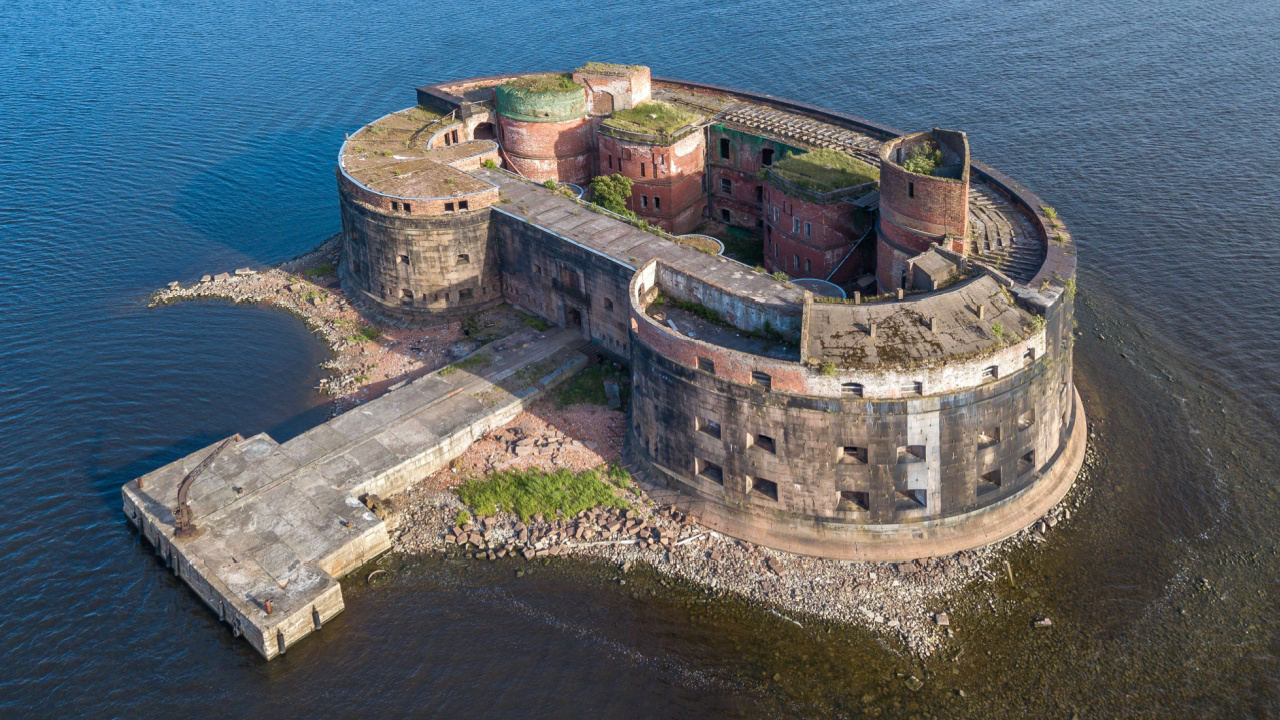
Nicknamed the “Plague Fort,” Fort Alexander occupies an artificial island in the Gulf of Finland, near St. Petersburg and Kronstadt. This bean-shaped fortress became a center for plague research in the late 1800s, making it a unique blend of military and medical history.
Fort Louvois, France
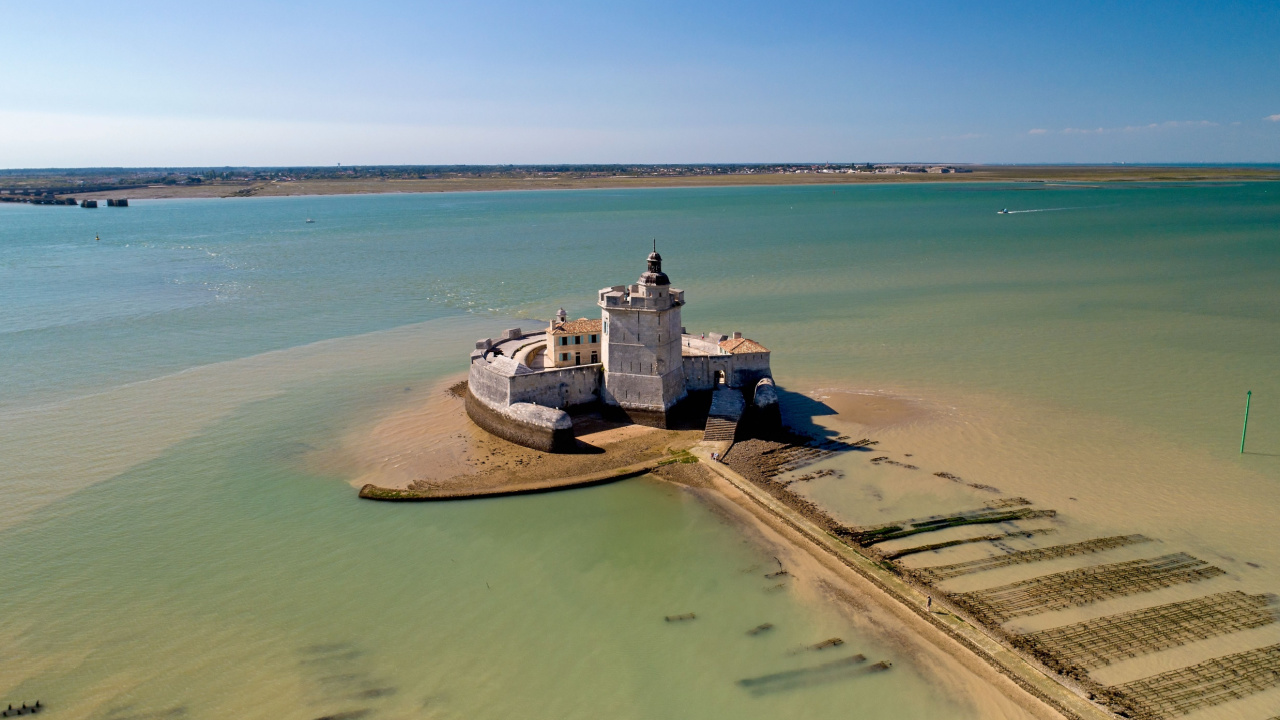
Built between 1691 and 1694 under Louis XIV’s reign, Fort Louvois is renowned for its distinctive horseshoe-shaped battery. Situated on the Chapus islet, it showcases France’s rich history of maritime defense in an era of grand monarchs and military innovation.
Flakfortet, Denmark
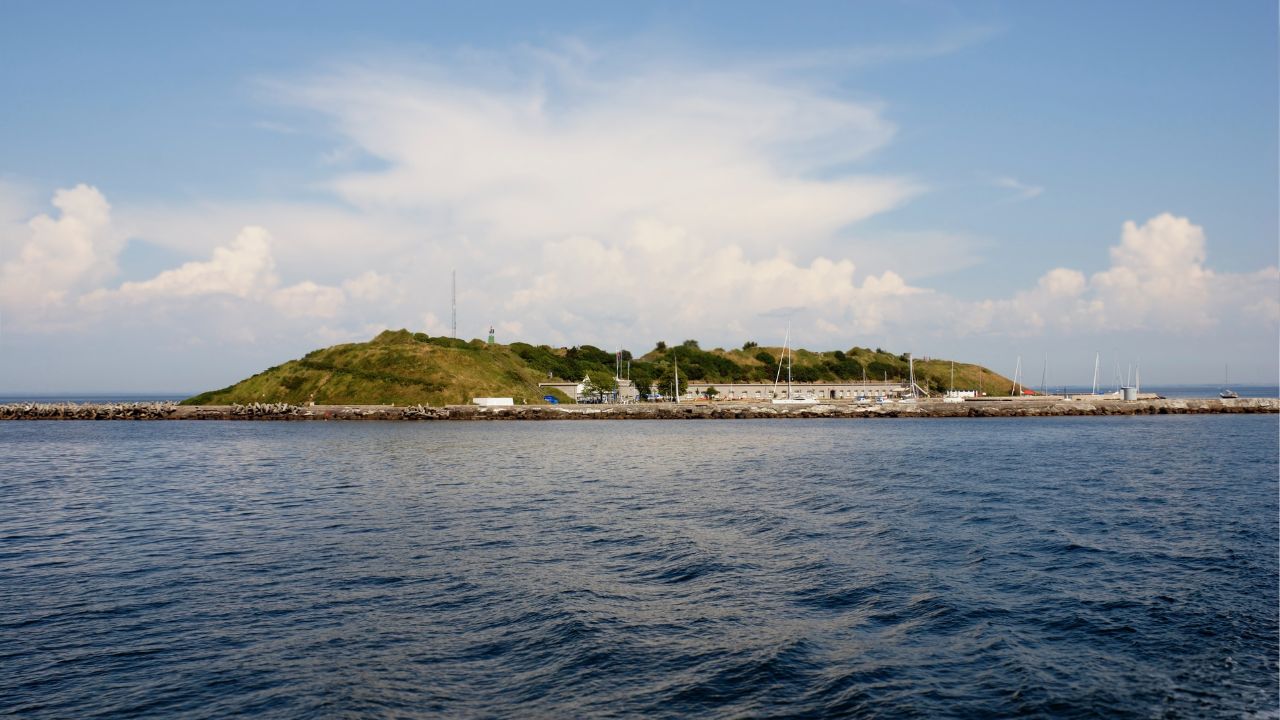
Flakfortet, an artificial island fortress in the Øresund near Copenhagen, was completed in 1914. Originally built to protect Copenhagen Harbor, it now thrives as a cultural hub, connecting visitors with Denmark’s military past and vibrant present.
Fort Carroll, USA

Named after Charles Carroll, a Declaration of Independence signatory, Fort Carroll was erected in 1850 to guard Baltimore’s approach via the Patapsco River. Despite its abandonment, the hexagonal fort remains a haunting reminder of America’s historical dedication to coastal defense.
Fort of São Lourenço do Bugio, Portugal
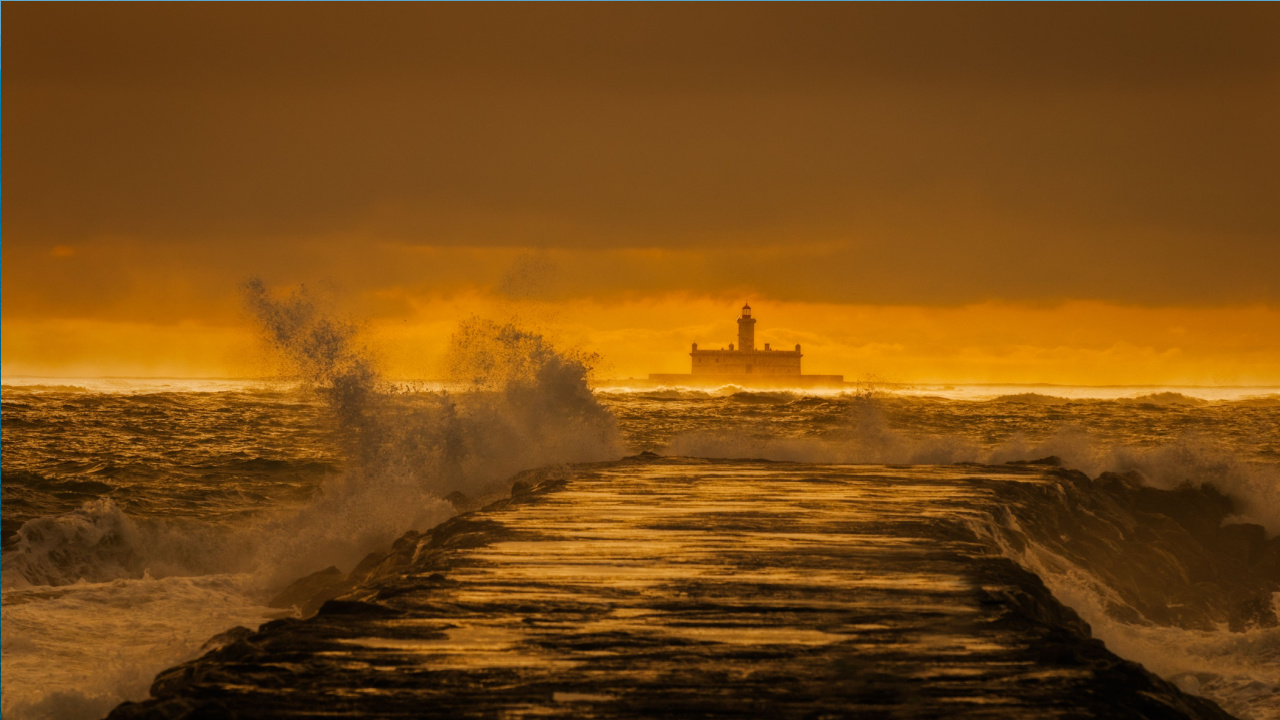
Also known as Torre do Bugio, this fort was constructed between 1590 and 1657 to defend Lisbon’s gateway via the Tagus River. Initially a military bastion, it has since been repurposed as a lighthouse, merging historical military architecture with contemporary navigational aid.
Fort St. Angelo, Malta

Fort St. Angelo stands as a monumental piece of history in the heart of Malta’s Grand Harbor. Known for its strategic role during the Great Siege of Malta in 1565, this 16th-century fortress served as the formidable headquarters of the Order of St. John, symbolizing resilience and the military prowess of the time.
Trekroner Fort, Denmark

Complementing Flakfortet, Trekroner Fort played a critical role in defending Copenhagen’s entrance, particularly during the Battle of Copenhagen in 1801 and the British assault in 1807. Its storied past highlights Denmark’s strategic military efforts to safeguard its capital.
Bourtzi Nafplio, Greece
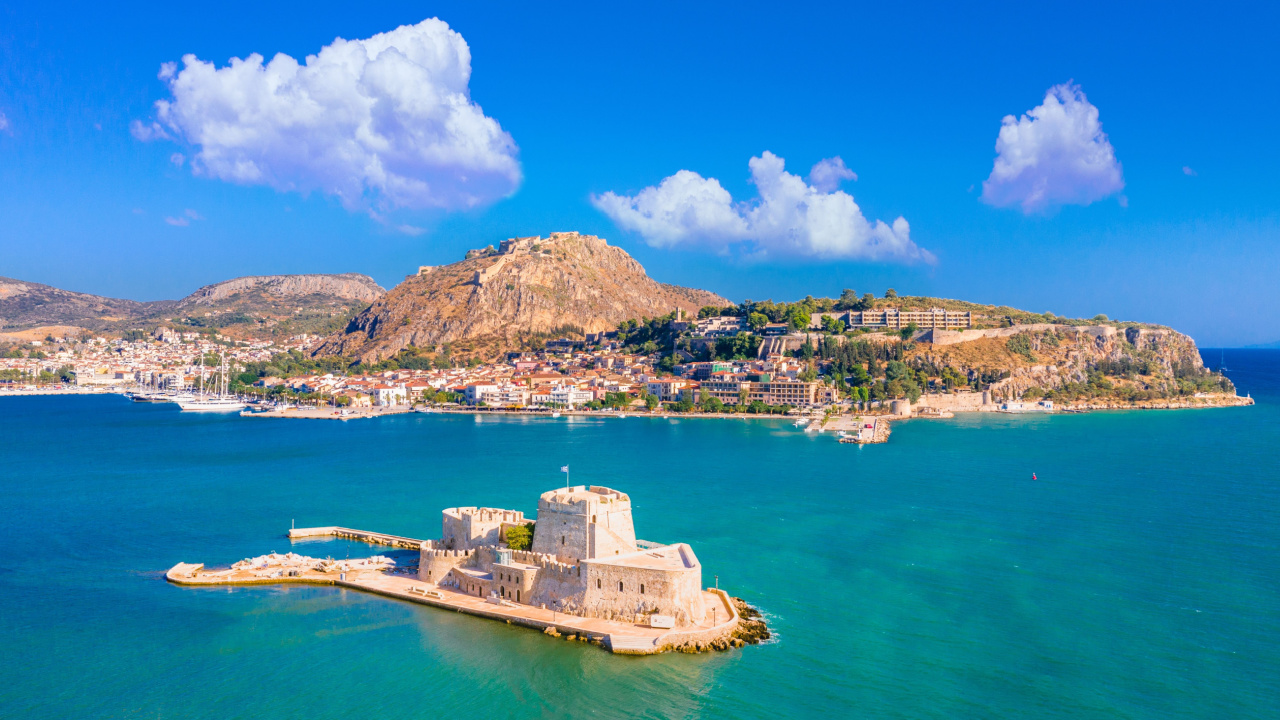
Bourtzi Castle, set in the serene waters of Nafplio Harbor, Greece, traces its origins back to 1471. With its Venetian architectural elegance, the castle has transitioned from a fortress to a beloved landmark, captivating visitors with its history and beauty.
Fort Denison, Australia
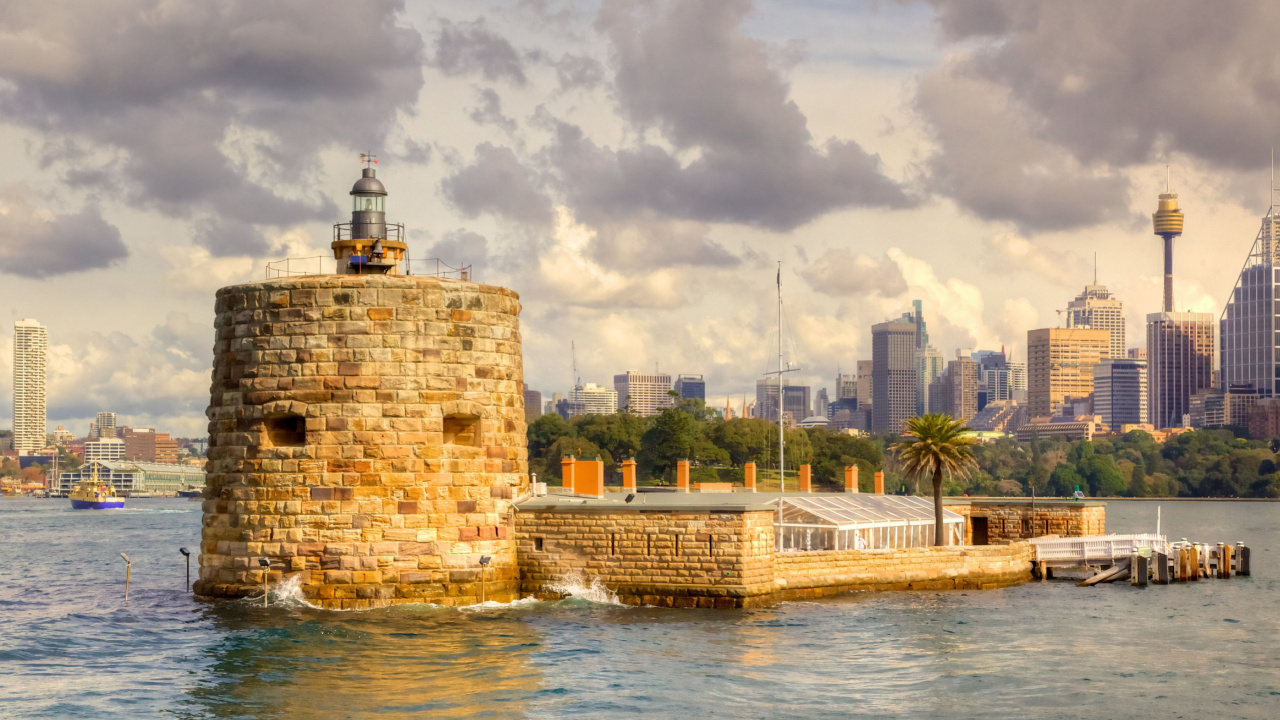
Sydney Harbor’s Fort Denison, completed in 1857, stands as a unique testament to Australia’s colonial past and its strategic defense efforts against potential foreign threats. Initially serving as a penal site, it has since transformed into a notable historical attraction.
Fort Monroe, USA

Strategically located at the Virginia Peninsula’s southern tip, Fort Monroe is a site of profound historical significance. Remaining under Union control during the Civil War, it also marks a pivotal point in African-American history, being associated with the first arrival of Africans in English North America.
Fort Mahon, France

Conceived by the legendary military architect Vauban under Louis XIV’s directive, Fort Mahon was designed to safeguard the port of Ambleteuse. Its construction reflects Vauban’s innovative approach to fortress design, embodying the martial spirit of its era.
Suomenlinna, Finland
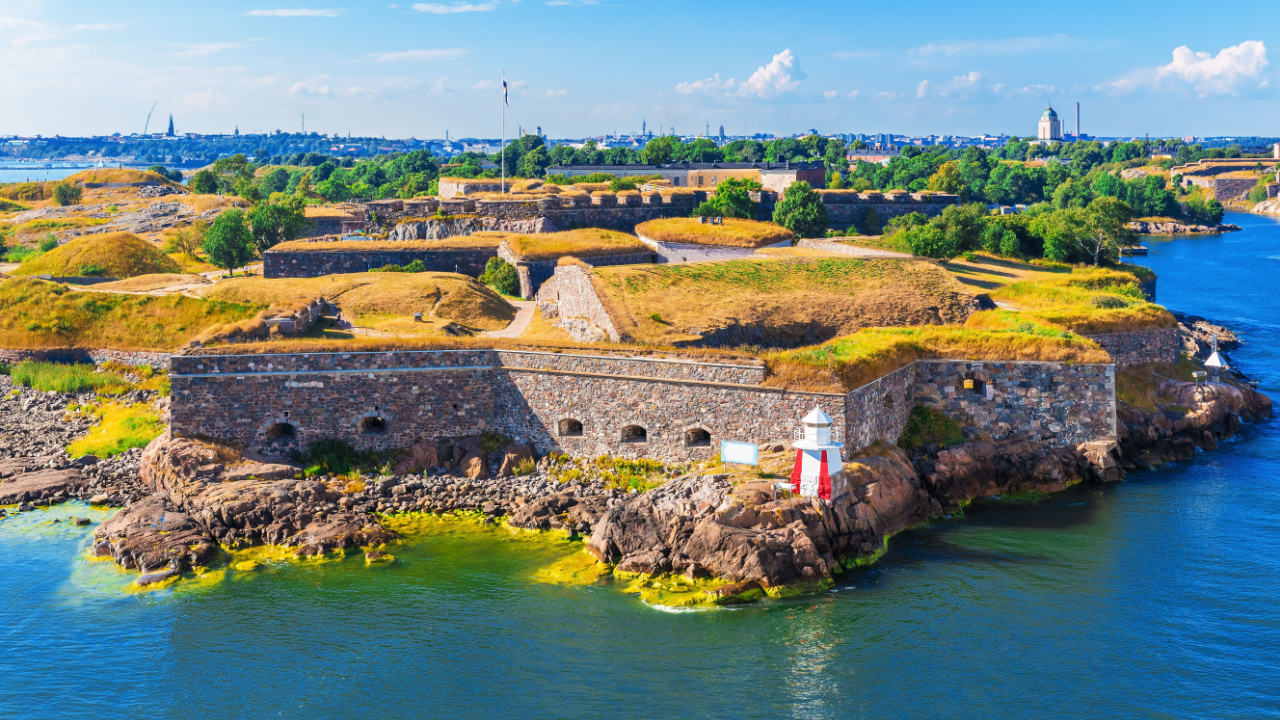
Spanning eight islands near Helsinki, Suomenlinna is a masterful example of military architecture and strategic design, inspired by Vauban’s principles. Recognized by UNESCO for its historical and cultural importance, it stands as a living museum, offering insights into Finland’s defensive strategies and its rich past.
Humber Forts, England
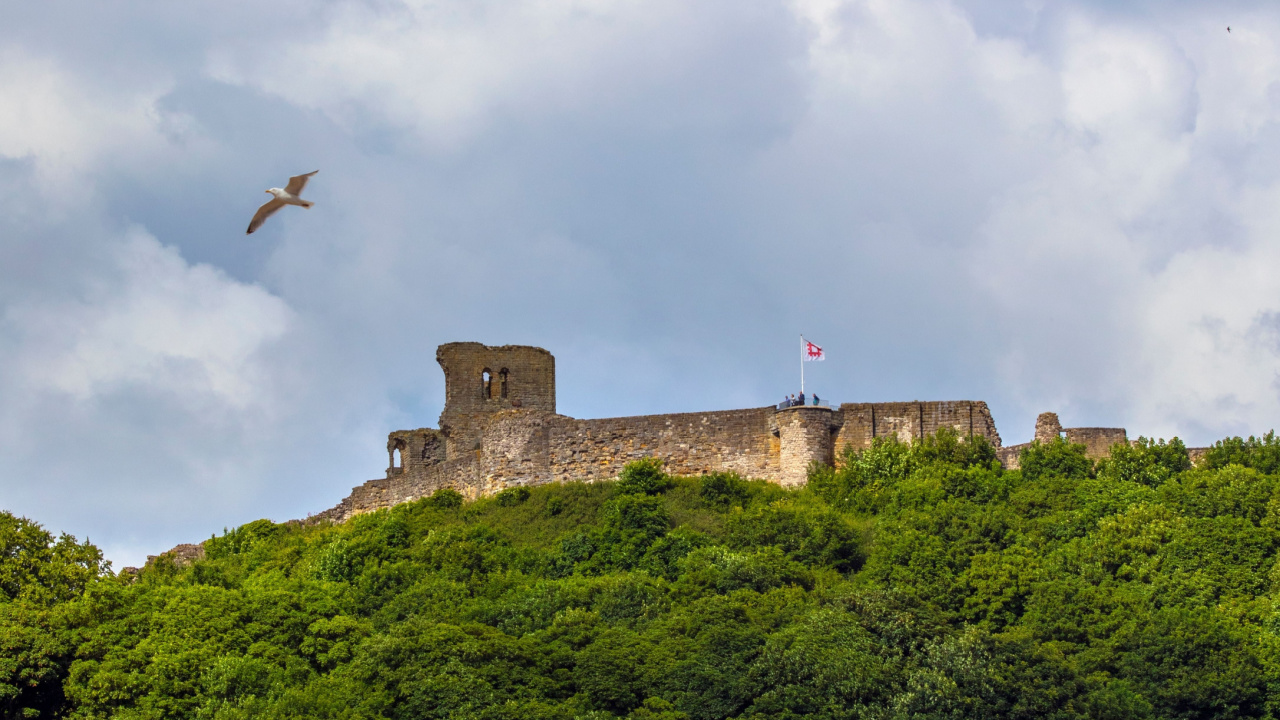
The Humber Forts, comprising Bull Sand Fort and Haile Sand Fort, stand as guardians of the Humber Estuary in northern England. Originally conceived for the First World War, these fortifications instead found their strategic importance heightened during the Second World War, serving as critical defense points against potential maritime threats.
Fort Gorges, USA

Nestled in Casco Bay, Maine, Fort Gorges is a historical enigma. Constructed from 1858 to 1864 with the intention of military use, it never hosted troops nor witnessed battle. Its last military use was during World War II, not for combat, but for storing submarine mines, marking an anticlimactic end to its potential martial legacy.
Peñón de Vélez de la Gomera, Spain
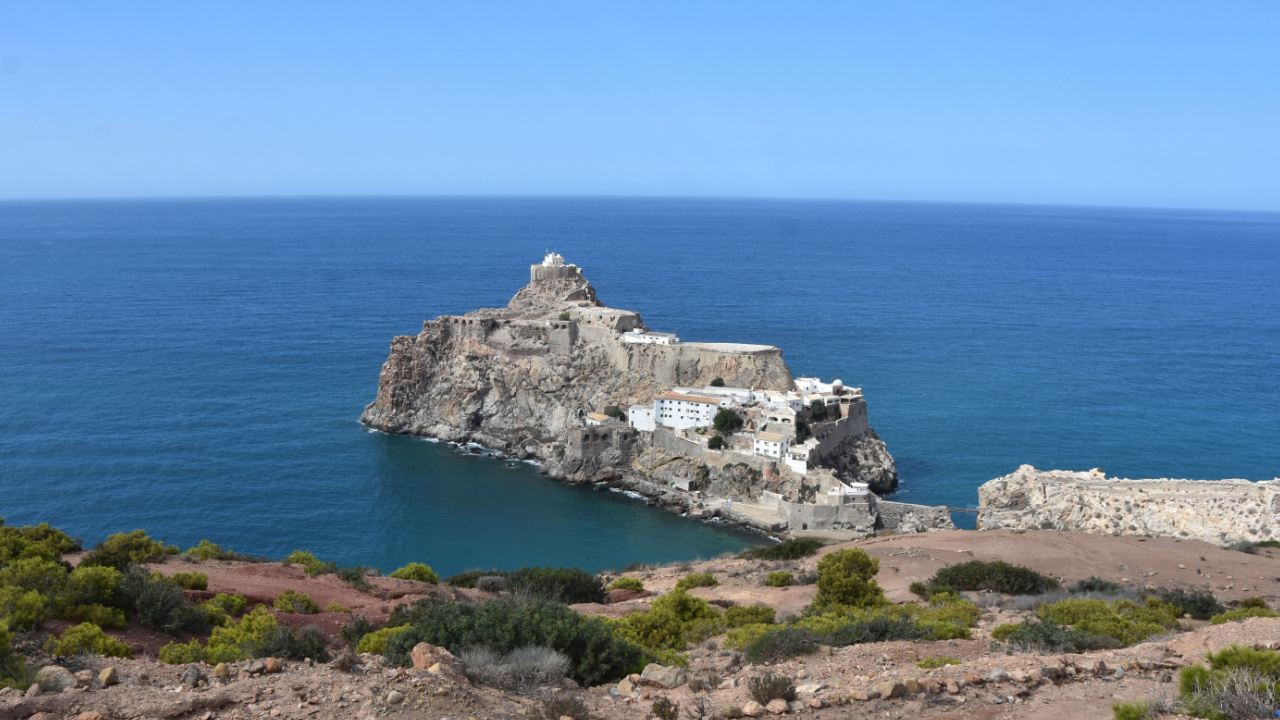
The Peñón de Vélez de la Gomera stands as a symbol of Spain’s historical maritime ambitions. This rocky tidal island, connected to Morocco by a slender sandy isthmus, hosts a small military garrison, embodying Spain’s enduring presence in the Mediterranean and marking one of the world’s shortest international borders.
Fort Nathan Hale, USA
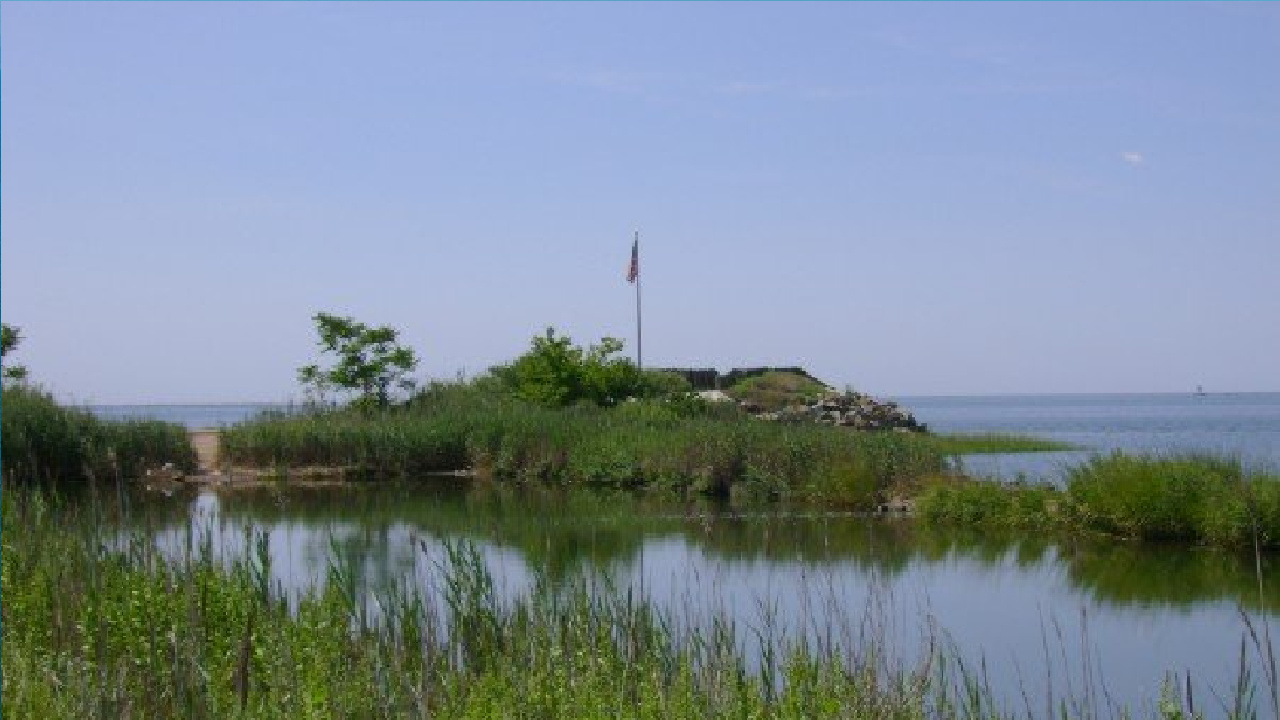
Fort Nathan Hale, named after the revered American Revolutionary War hero Nathan Hale, is a testament to the enduring spirit of American independence and defense. Despite its modest size, the fort played significant roles in the Revolutionary War and the War of 1812, serving as a bulwark against British aggression in Connecticut.
Fort Clinch, USA

Fort Clinch, situated at a strategic point, has the distinction of being a pivotal site during the American Civil War. Occupied by both Confederate and Union forces at different times, it served as a crucial base for Union operations in the area. Its significance extended briefly into the Spanish-American War, underlining its military importance beyond the Civil War.
Stack Rock Fort, Wales

Proposed by Thomas Cromwell and built three centuries later in 1852, Stack Rock Fort is a Victorian marvel in the Milford Haven Waterway, Pembrokeshire. This fortification, designed to monitor and protect one of the United Kingdom’s vital waterways, stands as a rare example of Victorian sea fort architecture, largely intact and echoing the strategic concerns of its era.
Fort Drum, Philippines

Fort Drum, an imposing structure in Manila Bay, was an American engineering marvel built in 1909. Designed to resemble a battleship and constructed from reinforced concrete, this fortress played a significant role in the defense of the Philippines during World War II, particularly during the Battle of Corregidor and the 1944-1945 Philippines campaign.
Fort de Bertheaume, France
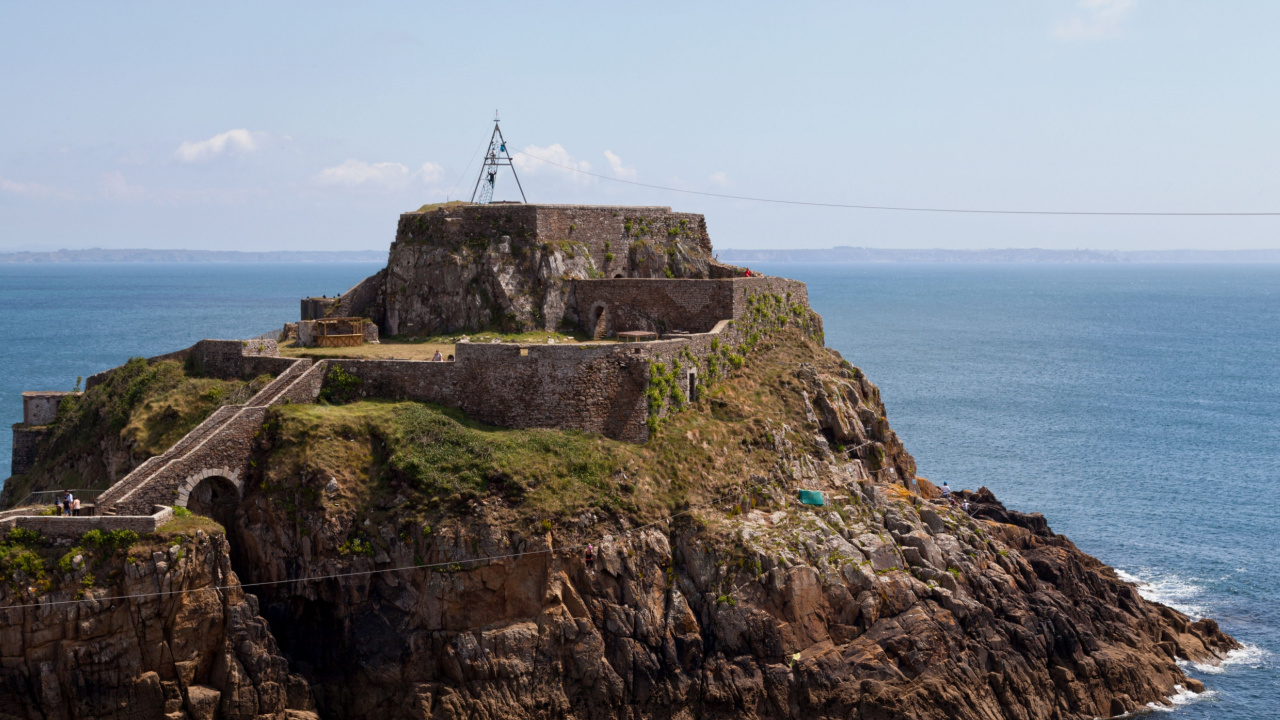
Rooted in the 14th century and reinforced in the 15th to guard against English incursions, Fort de Bertheaume overlooks the strategic Goulet de Brest. Its enduring presence marks centuries of maritime defense, highlighting the evolution of military architecture in France.
Kızkalesi, Turkey
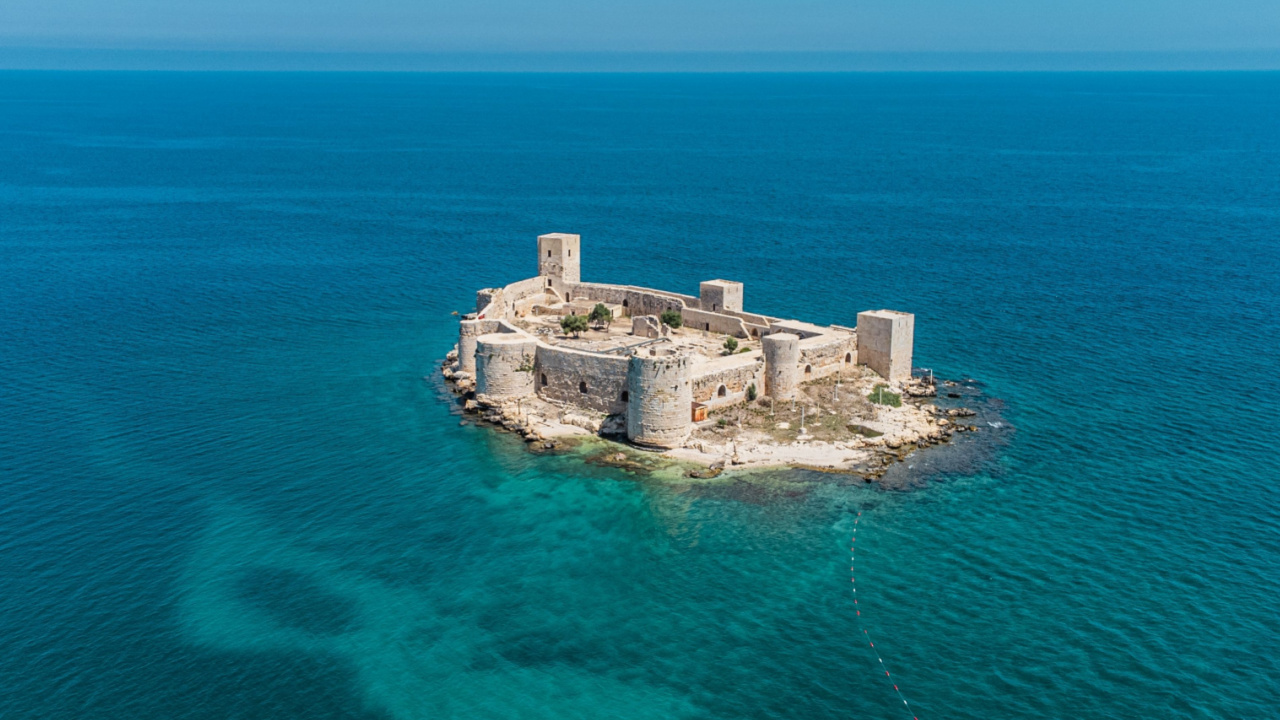
The enchanting Kızkalesi, or “Maiden’s Castle,” is perched on an island in the Mediterranean Sea, off the coast of Turkey’s Mersin province. With origins tracing back to the 13th century, this castle embodies the romantic and strategic essence of Turkey’s coastal fortifications.
São Marcelo Fort, Brazil

Overlooking the city of Salvador in Bahia, Brazil, the São Marcelo Fort is a circular marvel that has been guarding the Baía de Todos os Santos since the early 17th century. It played a key role during the Dutch occupation of Northeast Brazil, serving as a bastion of defense and resilience.
Murud-Janjira, India
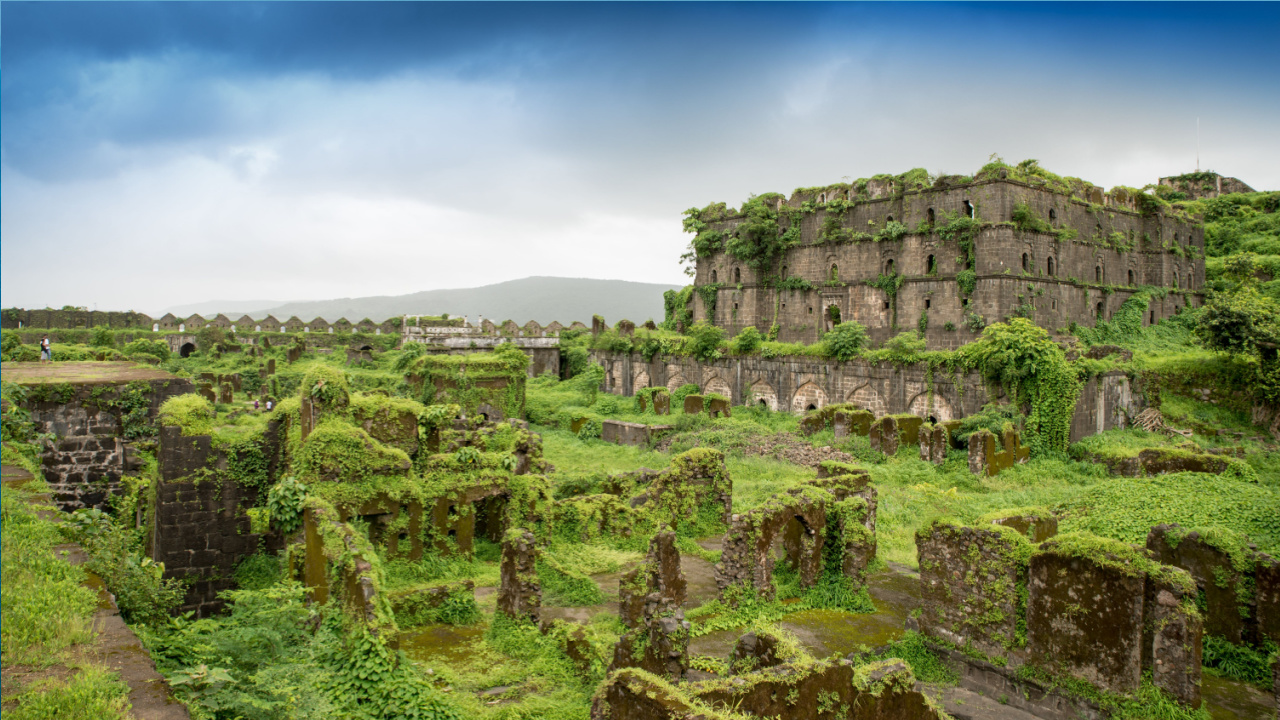
Nestled off the coast of the Murud town in Maharashtra, India, the Murud-Janjira fort stands as a pinnacle of architectural and military achievement. Built in the 15th century, this island fortress boasts an undefeated record, showcasing its strength among India’s coastal defenses. Its impregnable walls and strategic location made it an unconquerable asset through the centuries.
17 Most Devastating Tornadoes In History
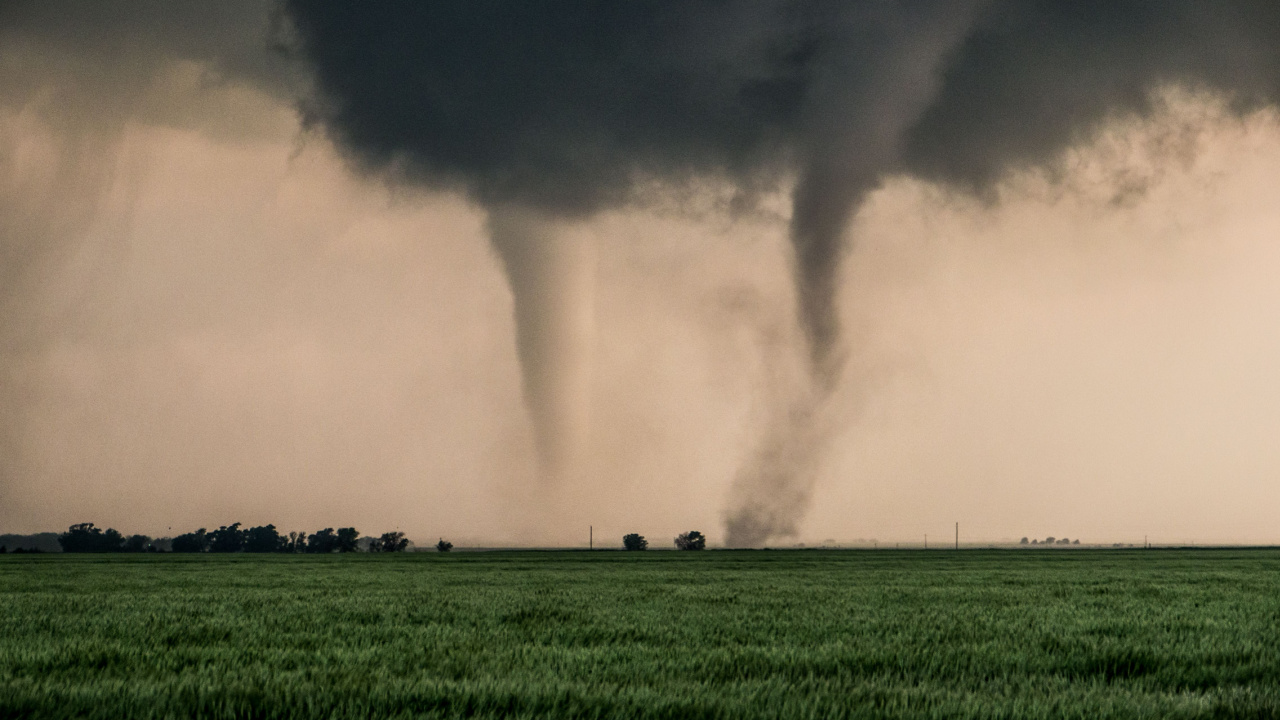
Nature’s fury is terrifying, and tornadoes are among the most deadly natural phenomena. These 17 deadly tornadoes highlight nature’s power and the resilience of humans in the aftermath of such devastation.
24 Most Devastating Blizzards in US History

For preppers, understanding the power and impact of historic blizzards is key to being prepared for future winter emergencies. Each of these historic snowstorms teaches valuable lessons about resilience, planning, and survival. The more prepared we are, the better our chances of survival in an emergency scenario.
- Read More: 24 Most Devastating Blizzards in US History
23 Riskiest Cities To Be During a Power Grid Collapse
In a world where the stability of our power grid is increasingly under threat, knowing which urban areas to avoid during a blackout is crucial for any serious prepper. And which areas to escape as quickly as possible. When you’re making your survival plans, keep in mind that these are the places you don’t want to be.
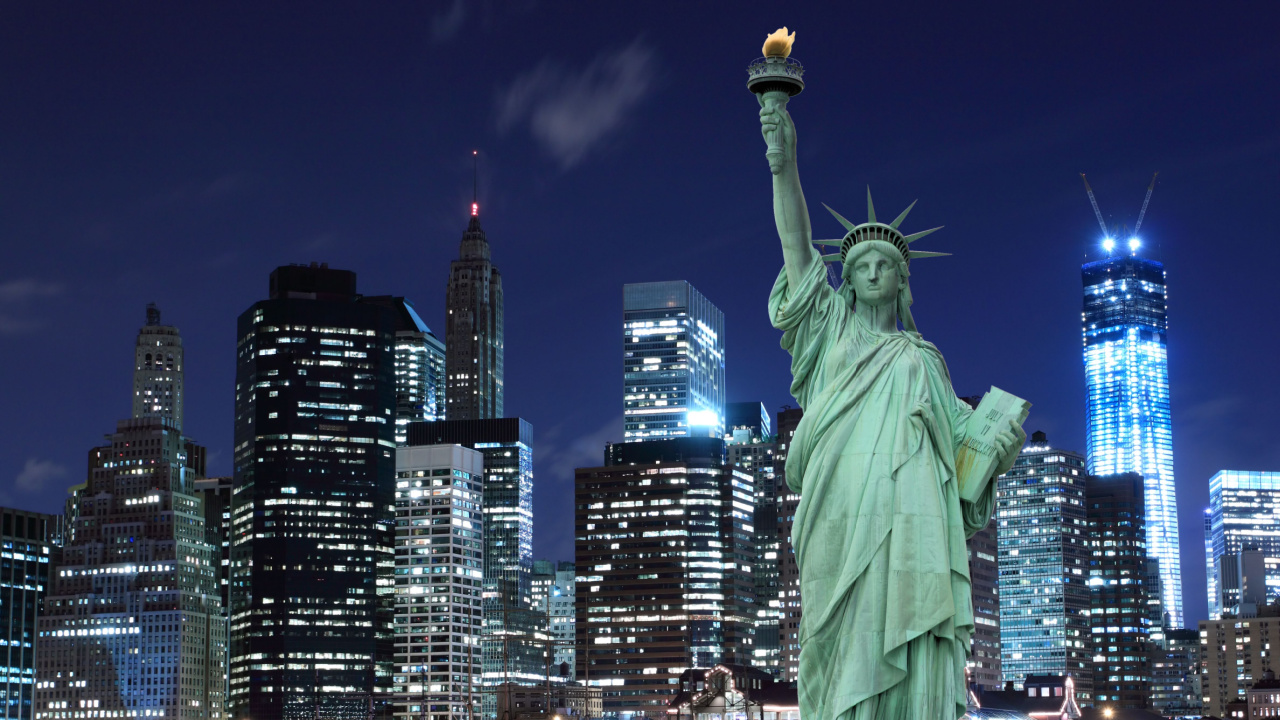
Katy Willis is a writer, lifelong homesteader, and master herbalist, master gardener, and canine nutritionist. Katy is a preparedness expert and modern homesteader practicing everyday preparedness, sustainability, and a holistic lifestyle.
She knows how important it is to be prepared for whatever life throws at you, because you just never know what's coming. And preparedness helps you give your family the best chance to thrive in any situation.
Katy is passionate about living naturally, growing food, keeping livestock, foraging, and making and using herbal remedies. Katy is an experienced herbalist and a member of the CMA (Complementary Medical Association).
Her preparedness skills go beyond just being "ready", she's ready to survive the initial disaster, and thrive afterward, too. She grows 100% organic food on roughly 15 acres and raises goats, chickens, and ducks. She also lovingly tends her orchard, where she grows many different fruit trees. And, because she likes to know exactly what she's feeding her family, she's a seasoned from-scratch cook and gluten-free baker.
Katy teaches foraging and environmental education classes, too, including self-sufficient living, modern homesteading, seed saving, and organic vegetable gardening.
Katy helps others learn forgotten skills, including basic survival skills and self-reliance.
She's been published on sites such as MSN, Angi, Home Advisor, Family Handyman, Wealth of Geeks, Readers Digest, and more.
